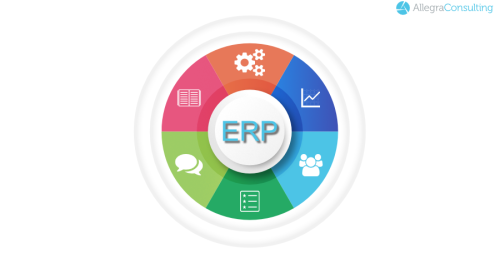
Here are some tips to help you effectively communicate change.
- Communicating change can be uncomfortable, and there is no perfect way to communicate the change. Think about the people you are presenting to – try and adapt your style to meet the needs of your audience.
- Think about what is specifically changing. Ensure the message aligns with your organisation's strategy. Try not to have too much jargon, as this can cloud the message.
- As you start developing the communication, think about the outcome you want to achieve. What are the changes? – what actions do you want your audience to take away with them? Be specific about timeframes and next steps.
- Ensure there is a sign-off process with your media and communications teams, so they are aware of the communications from a media perspective and how people within your organisation may respond.
- Once you have shared the information with your team, keep the communication channels open. Then, as and when you have updates – share the information.
- Use a variety of communication pathways and channels.
- Ensure your team have multiple opportunities to share concerns, ask questions, offer ideas, and follow up with answers and updates.
- Remember, people have different communication needs – if you are writing communications, it is good to include a summary upfront for those happy just to read a summary and then further detail for those wanting more detail.
- Be as authentic as possible; the more open and authentic you are with people, the more comfortable and trusting they will be about the messages you are giving them.
- FINALLY, remember the WIIFM (what's in it for me?) – keep your communications targeted to the user reading them, focusing on what they need to know and how it impacts them.







